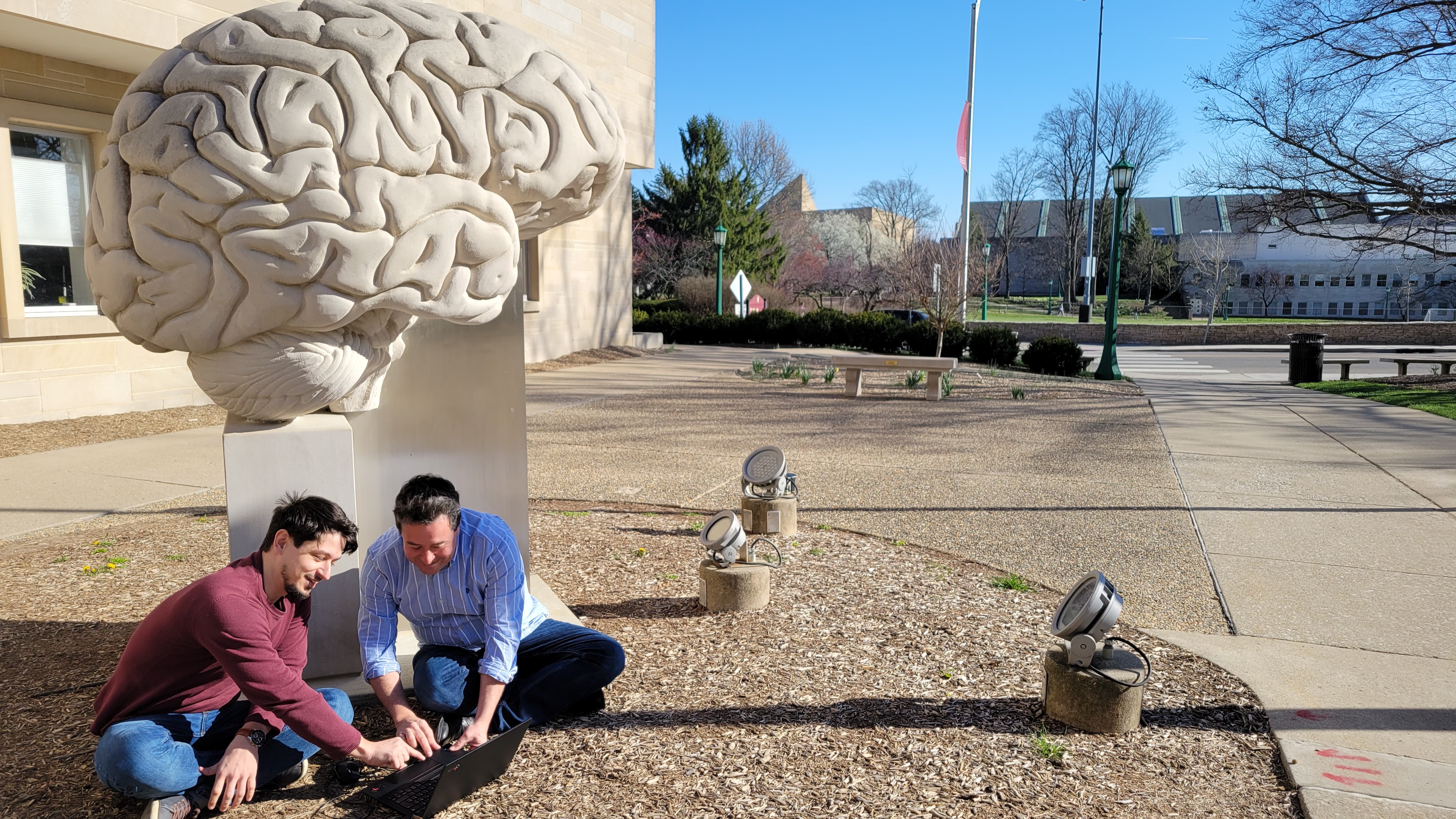PBS study explores cannabis’ effect on nerve cell communication.
When it comes to the gap between nerve cells, the synapse across which communication occurs, PBS Professor Istvan Katona, the Naus Family Chair in Addiction Sciences, is emphatic:
“We have 86 billion nerve cells in our brain and these nerve cells talk to each other across 100 trillion synapses. These 100 trillion synapses are us. They determine who we are and what we are. They make it possible to perform our everyday tasks and physiological functions. Without them we wouldn’t be here. We are these hundred trillion synapses.”
Regulating these complex communications between neurons is what is now known as “the endocannabinoid system.” The word ‘endocannabinoid’ has more than a chance resemblance to the name of the familiar psychoactive plant with more nicknames than you can count.
In the late 1980s researchers discovered the “endocannabinoid system” while studying the effects of the cannabis plant on the brain. Observing that chemicals in the plant mimicked the messenger molecules within our brain which form part of an extensive system of receptors and signaling molecules, they named the system and the molecules within it after the plant. That system not only helps to regulate communication between nerve cells, it also exerts a stabilizing influence on such features of our mental and physical wellbeing as mood, appetite, body temperature, pain, inflammation and immune response.
So pervasive is the influence of the endocannabinoid system, it is a wonder we don’t hear more about it in the popular health and wellness media, though several thousand researchers study it around the world, some of whom reside in the Department of Psychological and Brain Sciences in the College of Arts and Sciences at Indiana University.
New Findings
Katona was a graduate student in Budapest, Hungary, working with PBS Distinguished Professor Ken Mackie (then a researcher at the University of Washington) 25 years ago when they located the CB1 receptors on the nerve terminal, a finding that has since became textbook data.
Now in new research published as the cover story this May in Science Advances, they have made further inroads into the process by which THC, by activating CB1 receptors at certain doses, changes the communication between two nerve cells. With the aid of a new super- resolution microscope, Katona and his colleagues were able to visualize individual molecules with nanometer precision, measuring the strength of the signal between two nerve cells in the brains of mice both with and without the presence of THC over the course of six days.
Their new findings, he says, suggest that the increased concentration of cannabinoid molecules “alerts the nerve cells to the excess substance, triggering the removal of receptors and subsequent changes to the strength of synapses and coding functions of our brain.”
Katona and his team also found that receptors located within a 100-nanometer distance to the place where the messenger molecules are released, “persistently block the release of neurotransmitters, thereby regulating the strength of synaptic communication.”
“The study was the first time,” Katona explains, “that from the very same signals we could collect the physiological, anatomical and molecular parameters and we used this technological approach to determine how the cannabinoid receptors control synaptic strength and communications.”
Cannabis Past, Present, and Future
Five thousand years ago, Katona notes, Chinese medicine recognized both the therapeutic and pathological effects of cannabis. In surgery it was used for reducing pain, but if someone used it too frequently it was said that person would meet their demons.
Neuroscientists working in the field today similarly seek to determine when cannabis can be therapeutically useful and when it presents a danger by seeking to understand the mechanism by which it acts on the brain. “That is the goal of the field,” Katona says. Cannabis is currently used in 27 countries to treat spasticity in Multiple Sclerosis patients and researchers are currently targeting the endocannabinoid system to explore new therapeutic applications.
But Katona is worried. He cites some alarming trends in cannabis use, a 15 percent increase in the concentration of THC in the current cannabis that is not controlled by the market, and an increase of schizophrenia spectrum disorder in connection with its overuse.
“We are our synapses,” he maintains. “At certain doses, THC changes the balance, the synaptic balance on which our mental health and numerous physiological functions depend. This delicate balance is what you want to preserve, and it is dependent on your synapses.”



 The College of Arts
The College of Arts